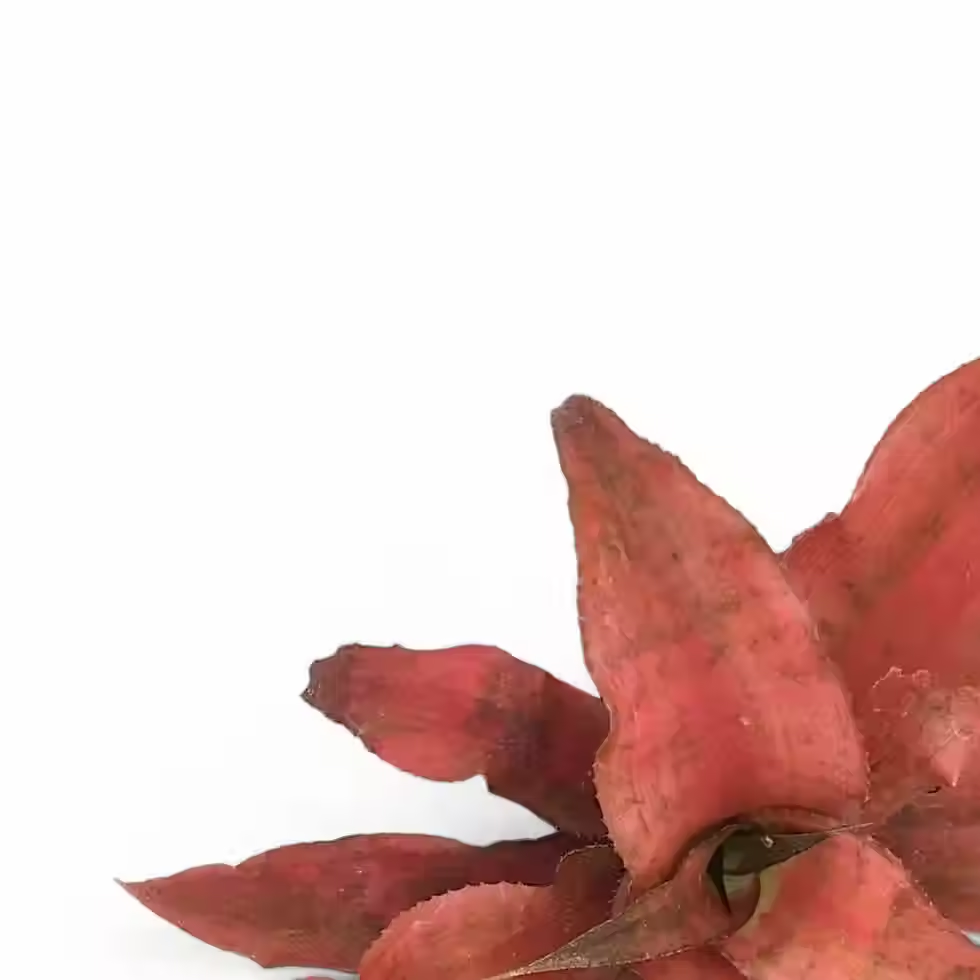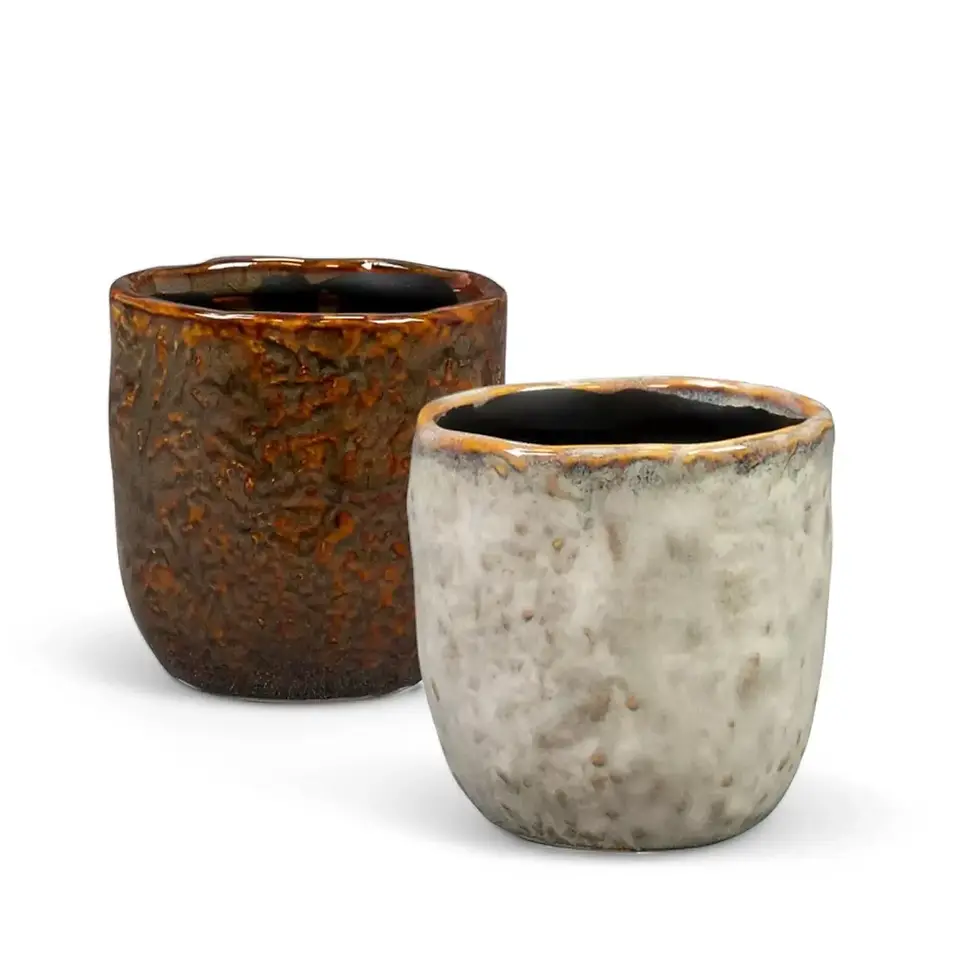Nephrolepis cordifolia 'Duffii' - Essential Plant Information and Care
Nephrolepis cordifolia 'Duffii', commonly known as the Lemon Button Fern, is a compact and resilient fern with graceful arching fronds covered in small, round, button-like leaflets. This pet-safe, low-maintenance plant is perfect for both beginners and seasoned plant enthusiasts. Its mild citrus scent, released when touched, adds a unique sensory experience. Unlike many ferns, it adapts well to indoor environments, tolerating lower humidity and indirect light while maintaining its vibrant green appearance. Growing up to 30 cm in height and width, it is ideal for terrariums, desktops, and hanging baskets.
Key Features of Nephrolepis cordifolia 'Duffii'
- Compact Growth: Reaches up to 30 cm tall and wide, perfect for small spaces.
- Fragrant Foliage: Releases a light lemon scent when touched.
- Pet-Safe: Non-toxic to cats, dogs, and humans.
- Resilient and Adaptable: Thrives in a variety of indoor conditions.
- Low Maintenance: Tolerates occasional neglect.
- Air Humidity Indicator: Frond tips brown when humidity is too low, providing a natural signal for adjustments.
Natural Habitat and Growth Behavior
- Origin: Native to tropical and subtropical regions of Asia, Australia, and the Pacific islands.
- Climate: Prefers temperatures between 18-30°C and humidity levels of 70-90% with frequent rainfall.
- Growth Rate: Moderate to fast when given optimal care.
- Growth Habit: Arching, bushy, cascading fronds, creating a dense, lush look.
- Toxicity: Non-toxic, making it a safe choice for homes with pets.
Caring for Nephrolepis cordifolia 'Duffii'
→ Ideal Placement and Light Requirements
- Prefers bright, indirect light but tolerates low-light conditions better than many ferns.
- Avoid direct sunlight, which can scorch the fronds.
- Best placed near an east- or north-facing window or in a bathroom with natural light.
→ Watering
- Keep soil consistently moist but not soggy.
- Water when the top 1-2 cm of soil feels slightly dry.
- Reduce watering slightly in winter but never allow the soil to dry out completely.
- Filtered or distilled water is best to prevent tip browning from excess minerals.
→ Humidity and Temperature
- Humidity: Prefers 50-70%, but adapts to standard indoor conditions.
- If humidity is too low, use a humidifier, group plants together, or place near water sources.
- Temperature: Ideal range is 18-26°C. Avoid sudden temperature drops and cold drafts.
→ Soil and Repotting
- Use a light, well-draining mix—a blend of peat, perlite, and pine bark works well.
- Repot every 1-2 years in early spring to refresh nutrients and encourage growth.
- Choose a shallow, well-draining pot with drainage holes to prevent root rot.
→ Fertilizing
- Feed with a balanced, diluted liquid fertilizer every 4-6 weeks during the growing season.
- Avoid over-fertilization, as it can cause burned leaf tips and weak growth.
→ Propagation
- Best propagated by division—separate the rhizomes when repotting.
- Can also be propagated by spores, but this method requires high humidity and patience.
→ Semi-Hydroponics and Hydroponics
- Adapts well to semi-hydroponics, thriving in LECA with regular watering cycles.
- Can be grown in full hydroponics with an aerated nutrient solution.
→ Pruning and Maintenance
- Trim dead, yellow, or damaged fronds regularly.
- Rinse foliage under lukewarm water every few weeks to remove dust and pests.
Common Issues and How to Solve Them
→ Pests
- Spider mites, mealybugs, and fungus gnats are the most common pests.
- Treat with neem oil or insecticidal soap if infestation occurs.
→ Root Rot
- Caused by overwatering and poor drainage.
- Use a well-draining potting mix and ensure the pot has drainage holes.
→ Leaf Issues
- Browning leaf tips: Due to low humidity or hard tap water. Use distilled water and increase humidity.
- Yellowing fronds: Usually a sign of overwatering or nutrient deficiency. Adjust watering routine.
- Drooping leaves: Can be a sign of underwatering or stress from temperature fluctuations.
→ Fungal Problems
- High humidity and poor air circulation can lead to fungal spots on fronds.
- Improve ventilation and avoid wetting the foliage excessively.
Additional Tips
- Does not require support structures, as its fronds naturally arch outward.
- Ideal for terrariums and glass containers, as it thrives in humid microclimates.
- Great for well-lit bathrooms and kitchens, where humidity is naturally higher.
- Can be grown outdoors in warm, humid climates but must be protected from direct sun and frost.
Etymology
- Nephrolepis: From Greek nephros (kidney) and lepis (scale), referring to the kidney-shaped scales on the plant.
- cordifolia: Latin for "heart-shaped leaves," referencing the bulbils found on the rhizomes.
- Originally described by Carl Ludwig Willdenow in the early 19th century.
Order Your Nephrolepis cordifolia 'Duffii' Today!
Bring home the Nephrolepis cordifolia 'Duffii' today! Order now and enjoy the lush, fragrant beauty of this easy-care, pet-safe fern.
Nephrolepis cordifolia 'Duffii'
Nephrolepis cordifolia 'Duffii' comes in following sizes:
Baby Plant – is approximately 15 cm tall and comes in a ⌀ 6 cm pot
L – is approximately 50 cm tall and comes in a ⌀ 17 cm pot

























































